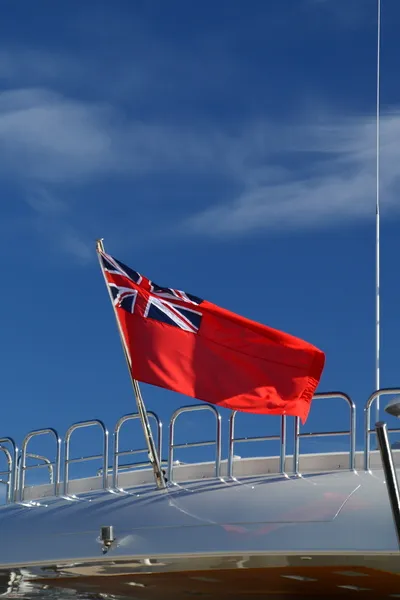Red Ensign Group Large Yacht Code (REG YC)
Collaboration between members of the Red Ensign Group (REG), which includes the UK and the industry as a whole, has led to the creation of a new yacht code.
The REG Yacht Code, which was launched on 13 November 2017 at the Global Superyacht Forum in Amsterdam, has considered all the expertise gained across almost two decades of regulating the large yacht sector since the Code of Practice for the Safety of Large Commercial Sailing and Motor Vessels, or LY1, was published in 1997.
In its new format, the REG Yacht Code is made up of two parts with common annexes, such as for over-side working systems, sailing vessels and helicopter landing areas. It keeps the familiar format of the existing REG codes while being more dynamic to industry change and development.
The REG Yacht Code combines the existing Large Yacht Code 3 and the Passenger Yacht Code into a single document and came into force on 1 January 2019, with an updated version brought into force in 2024.
The REG Yacht Code is in two parts with common annexes.
Large Commercial Yacht Code (3) or “LY3”
LY3 was launched at the 2012 Monaco Yacht Show and came into effect on 20 August 2013. It introduced equivalent requirements for large yachts to the requirements of the Maritime Labour Convention (MLC).
It also included updates for the requirements for masts and rigging for sailing yachts and the latest technology in radio communication equipment.
LY3 has been replaced by the Red Ensign Group yacht code which came into effect on 1 January 2019.
Large Commercial Yacht Code (2) or “LY2”
LY2 came into effect on 24th September 2004. Chartering is a commercial use of a vessel, and therefore all yachts engaged in chartering activities must comply with the Code. A significant change in LY2 was the introduction of the Short-Range Yacht. LY2 was replaced by LY3 in 2013.
The Passenger Yacht Code
This Code has now been replaced by the Red Ensign Group Yacht Code Part B.
The Passenger Yacht Code (PYC) was applicable to pleasure yachts:
- Of any size
- In private or commercial use
- Carrying 13 to 36 passengers
- Not carrying cargo
It represents an International Maritime Organization (IMO) accepted equivalence to the requirements of international conventions including SOLAS up to 36 passengers.
The purpose of the 13 to 36 Passenger Yacht Code (PYC) was to provide design criteria, construction standards and other safety measures for yachts carrying 13 to 36 passengers to minimise the risk to such ships, to the personnel on board and to the environment. The criteria were largely based on the Conventions and Instruments referred to in the Code.
-
Contact the team
-
For support with survey and inspection services for large yachts, contact the Statutory Services Delivery Team on ssdt@mcga.gov.uk
